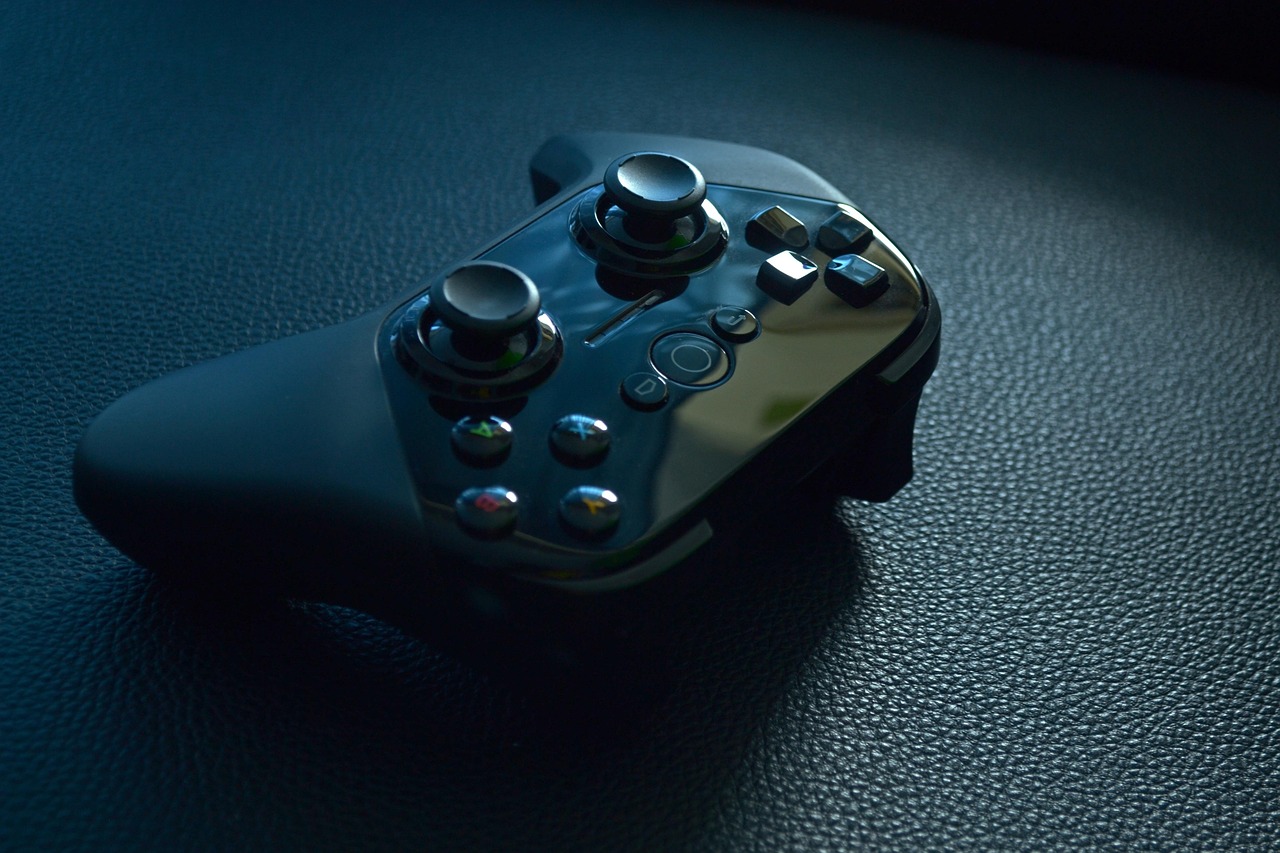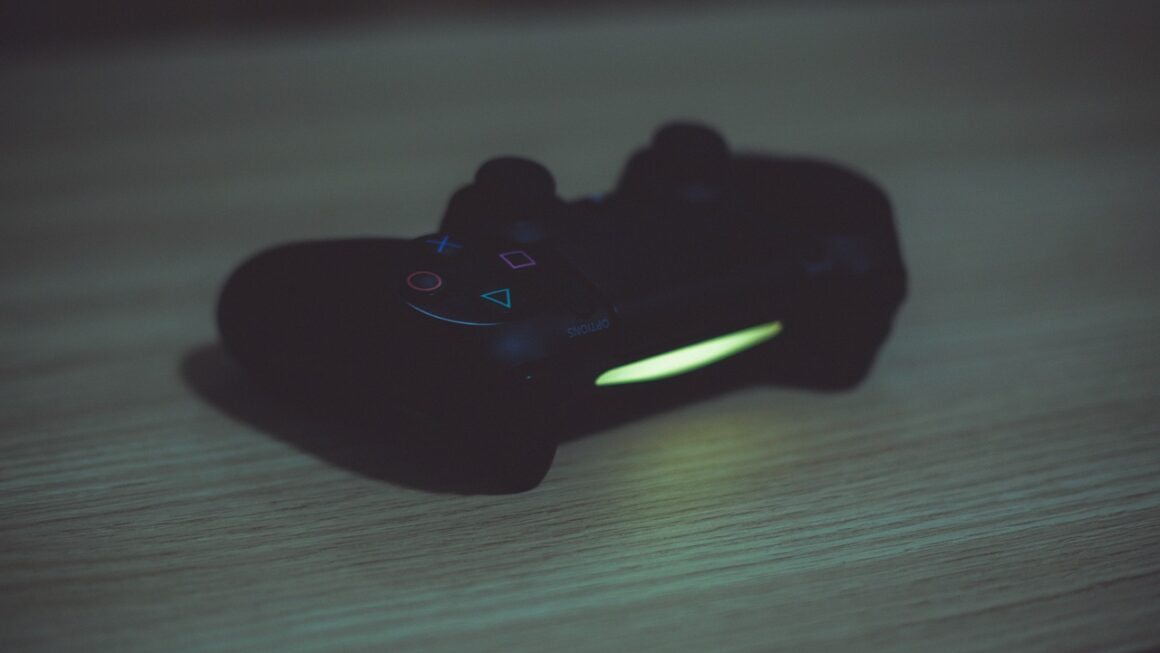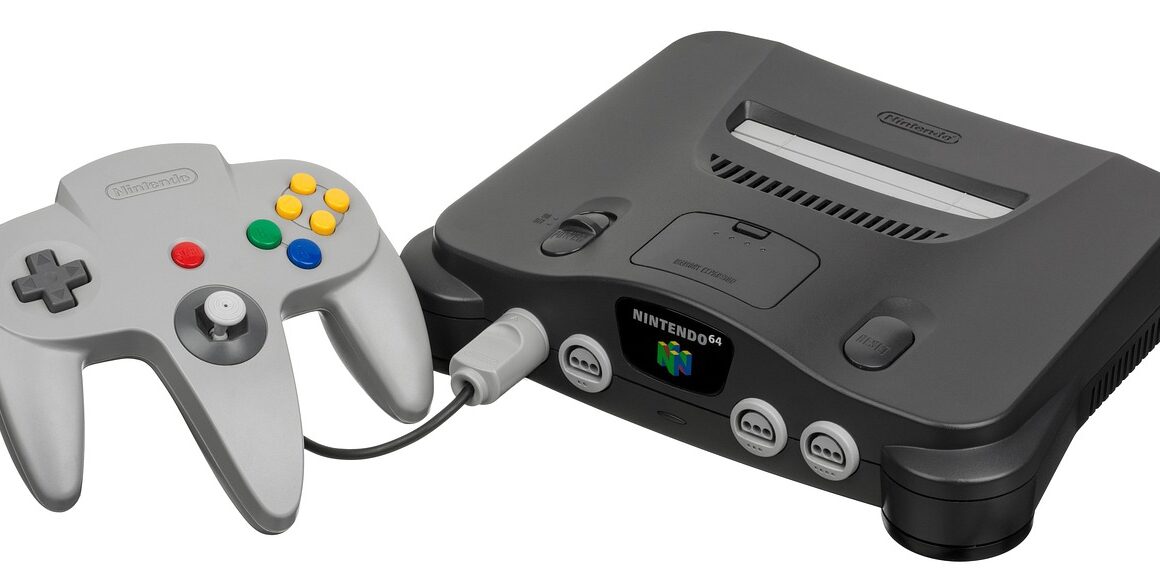From legendary lane battles to strategic jungle ambushes, the world of Multiplayer Online Battle Arenas (MOBAs) has captivated millions. These intricate games, blending real-time strategy with role-playing elements, offer a unique blend of skill, teamwork, and intense competition. Whether you’re a seasoned veteran or a curious newcomer, understanding the core mechanics and nuances of MOBA games is key to appreciating their depth and enduring appeal. Let’s dive into the captivating world of MOBAs and explore what makes them so compelling.
Understanding the Core Mechanics of MOBA Games
What Defines a MOBA?
At its core, a MOBA game pits two teams against each other, typically with the objective of destroying the opposing team’s main structure (often referred to as the “Ancient” or “Nexus”). Players control a single, powerful hero or character with unique abilities and playstyles. Key features that define the MOBA genre include:
- Two Teams: Typically, two teams of 3-5 players face off.
- Hero-Based Gameplay: Players control a single hero with unique abilities and roles.
- Lanes and Structures: The map is divided into lanes with defensive structures (towers) that protect the path to the enemy base.
- Creeps/Minions: AI-controlled units that spawn regularly and push lanes.
- Jungle: An area between lanes containing neutral monsters that provide buffs and resources.
- Item Progression: Players earn gold to purchase items that enhance their hero’s stats and abilities.
- Skill-Based Combat: Combat relies heavily on player skill, including aiming, timing, and decision-making.
- Teamwork and Strategy: Success depends on coordination, communication, and strategic planning.
The Roles Players Fulfill
Within a MOBA, players typically assume specific roles to contribute to their team’s overall strategy. These roles, while flexible, usually fall into several categories:
- Carry: Focuses on scaling up in power as the game progresses, becoming the primary damage dealer in late-game team fights. Examples include Jinx (League of Legends) and Phantom Assassin (Dota 2).
- Support: Protects the carry, provides vision, and controls the battlefield with crowd control abilities. Examples include Soraka (League of Legends) and Crystal Maiden (Dota 2).
- Mid-Laner: Often a mage or assassin, focused on controlling the middle lane and roaming to assist other lanes. Examples include Ahri (League of Legends) and Queen of Pain (Dota 2).
- Off-Laner/Solo Laner: A durable hero who can withstand pressure in a solo lane and provide utility to the team. Examples include Sett (League of Legends) and Tidehunter (Dota 2).
- Jungler: Roams between lanes, ganking (ambushing) enemies and securing objectives in the jungle. Examples include Lee Sin (League of Legends) and Axe (Dota 2).
The Map: A Battlefield of Strategy
The map in a MOBA isn’t just a backdrop; it’s a crucial element in strategic gameplay. Understanding the layout, choke points, and key objective locations is vital for success.
- Lanes: The primary paths connecting the two bases. They are typically referred to as Top, Mid, and Bot.
- Towers: Defensive structures that attack enemy units and heroes. Destroying towers opens up the map and creates opportunities for pushing.
- Jungle: The area between lanes contains neutral monster camps. Killing these monsters provides gold, experience, and sometimes buffs.
- River: A central waterway that divides the map. It’s often a key area for vision control and ganking routes.
- Objectives: Special areas or units that provide significant advantages, such as Roshan in Dota 2 or Baron Nashor in League of Legends.
Popular MOBA Titles and Their Unique Features
League of Legends (LoL)
League of Legends, developed by Riot Games, is one of the most popular MOBAs in the world, boasting a massive player base and a thriving esports scene.
- Accessibility: LoL is known for its relatively accessible learning curve, making it a good entry point for new players.
- Champion Diversity: Offers a vast roster of champions, each with unique abilities and playstyles.
- Runes and Masteries: Allows players to customize their champions further with pre-game setup, allowing for specialized builds.
- Free-to-Play Model: Champions are available through in-game currency or real-money purchases.
Dota 2
Dota 2, developed by Valve, is known for its complexity and strategic depth. It is considered one of the most challenging MOBAs to master.
- High Skill Ceiling: Requires a deep understanding of hero mechanics, itemization, and strategic decision-making.
- Complex Mechanics: Includes intricate mechanics such as denying creeps, stacking camps, and advanced warding strategies.
- Hero Variety: Offers a large roster of heroes with diverse abilities and roles.
- Free-to-Play Model: All heroes are available for free; cosmetics are the primary revenue source.
Other Notable MOBAs
While LoL and Dota 2 dominate the MOBA landscape, other titles offer unique experiences:
- Heroes of the Storm (HotS): Developed by Blizzard Entertainment, HotS features heroes from Blizzard’s various franchises and focuses on team fighting and objective-based gameplay.
- Smite: Developed by Hi-Rez Studios, Smite features a third-person perspective, offering a different combat experience.
- Mobile Legends: Bang Bang: A popular mobile MOBA with a large player base in Asia, known for its fast-paced gameplay and streamlined mechanics.
The Esports Phenomenon and Competitive Scene
MOBA Games as Esports Powerhouses
MOBA games have become a dominant force in the world of esports, drawing millions of viewers and offering lucrative opportunities for professional players.
- High Viewership: Tournaments like the League of Legends World Championship and The International (Dota 2) attract massive online viewership.
- Professional Leagues: Organized leagues and tournaments provide a structured competitive environment.
- Sponsorship Opportunities: Professional teams and players attract sponsorships from major brands.
- Significant Prize Pools: Major MOBA tournaments offer substantial prize pools, rewarding top-performing teams and players.
Key Tournaments and Events
- League of Legends World Championship (Worlds): The pinnacle of competitive League of Legends, featuring teams from around the globe.
- The International (Dota 2): The premier Dota 2 tournament, known for its massive crowdsourced prize pool.
- Mid-Season Invitational (MSI): A major League of Legends tournament held mid-season.
- Regional Leagues: Each region has its own professional league, such as the League of Legends Championship Series (LCS) in North America and the League of Legends European Championship (LEC) in Europe.
The Rise of Professional Players
The esports scene has created a new generation of professional gamers who dedicate their lives to mastering MOBA games.
- Dedicated Training: Pro players spend hours practicing, analyzing replays, and developing strategies.
- Teamwork and Communication: Effective communication and coordination are essential for success in competitive play.
- Strategic Thinking: Pro players must possess a deep understanding of game mechanics and strategic decision-making.
- High Pressure Environment: Pro players must perform under intense pressure in front of large audiences.
Tips for Improving Your MOBA Gameplay
Mastering the Fundamentals
Before attempting complex strategies, it’s crucial to master the fundamental mechanics of the game.
- Learn Your Hero: Understand your hero’s abilities, strengths, and weaknesses.
- Practice Last Hitting: Perfecting last hitting (securing the killing blow on creeps) is crucial for earning gold efficiently.
- Ward Strategically: Placing wards in key locations provides vision and helps prevent ganks.
- Understand Item Builds: Learn which items are effective for your hero and adapt your build based on the game’s situation.
Developing Strategic Thinking
Strategic thinking is essential for making informed decisions and contributing to your team’s success.
- Map Awareness: Pay attention to the minimap to track enemy movements and identify opportunities for ganking or objective control.
- Objective Control: Prioritize securing key objectives, such as towers, Roshan, or Baron Nashor.
- Team Composition: Consider the strengths and weaknesses of your team’s hero composition and adjust your playstyle accordingly.
- Adapt to the Game: Be prepared to adapt your strategy based on the flow of the game and your opponent’s actions.
Teamwork and Communication
MOBA games are team-based, so effective teamwork and communication are crucial for success.
- Communicate Effectively: Use voice chat or in-game pings to communicate with your team.
- Coordinate Ganks: Work with your teammates to coordinate ganks and secure kills.
- Support Your Carry: Protect your carry and provide them with opportunities to farm and scale up.
- Work Together: Focus on working together as a team to achieve common goals.
Conclusion
MOBA games offer a deeply engaging and rewarding experience for players of all skill levels. From understanding the core mechanics and roles to mastering strategic thinking and teamwork, there’s always something new to learn and improve upon. Whether you’re a casual player looking for a fun and challenging game or a competitive player striving to reach the top, the world of MOBAs has something to offer everyone. So, choose your hero, gather your team, and dive into the battle!




